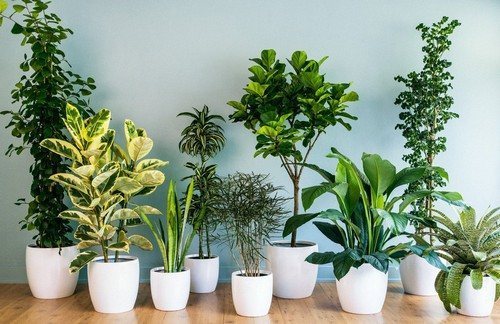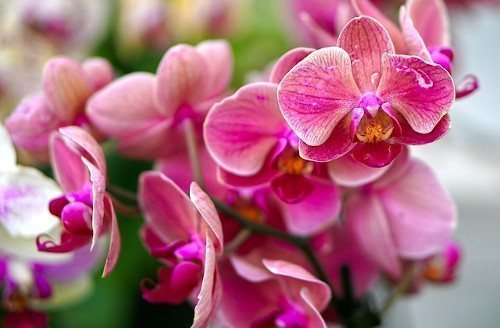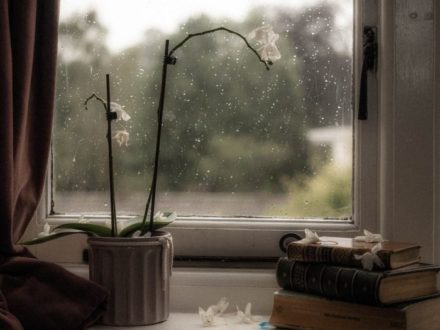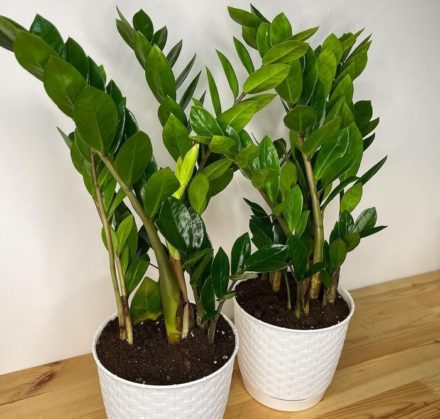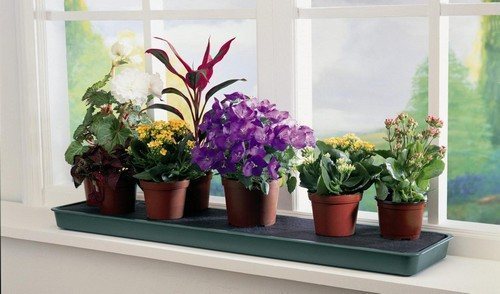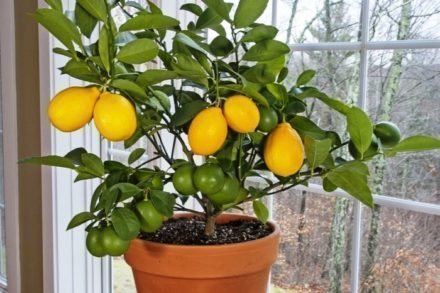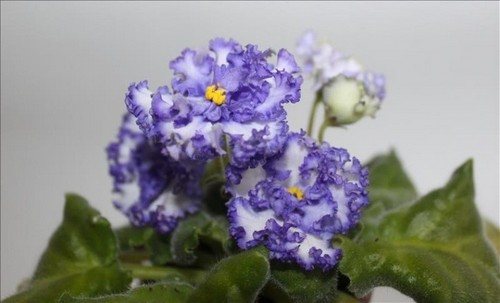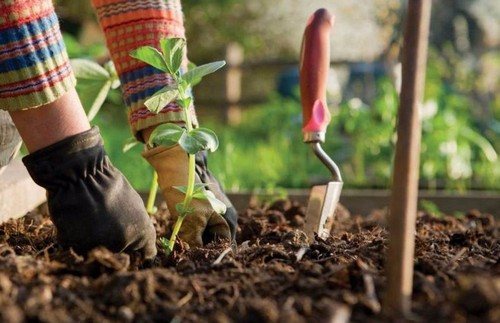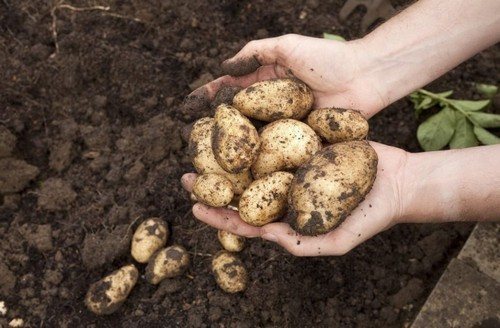Orchid lovers, trying to grow a flower at home, make efforts, pay attention, and create favorable conditions for the longest flowering. But not all owners of exotics succeed without competent, timely feeding.

Features, principles of content
Unlike other indoor plants, the maintenance of an orchid should be as close as possible to natural conditions. The root system is located close to the surface; instead of soil, a filler made of tree bark, expanded clay, mineral wool, and artificial materials with the addition of sphagnum is used. The following factors are important for development and growth:
- moisture saturation mode;
- maintaining air temperature;
- thorough lighting of the plant and its roots (orchids are bred only in transparent glass or plastic pots);
- feeding
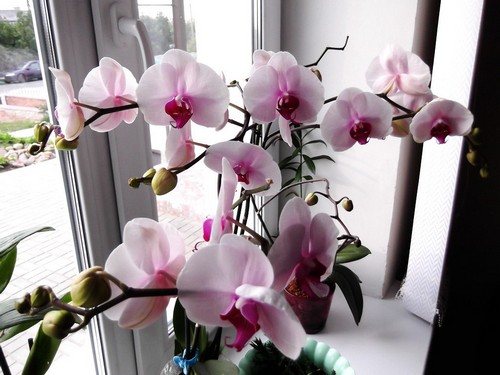
Feeding rules
Healthy, strong, brightly flowering plants cannot be obtained without the use of nutrients and fertilizers, preferably of natural origin. Orchid owners believe that abundant flowering can be achieved by adhering to some feeding rules:
- adding substances 2 weeks before the start of bud setting;
- compliance with proportions, concentration, dosing of nutritional compositions, otherwise you can cause harm and burn the roots;
- due to the specifics of the soil, use fertilizers only in liquid form;
- a newly acquired flower cannot be fertilized or replanted;
- It is not recommended to feed weak, painful, transplanted orchids;
- lack of fertilizing compounds during the dormant period;
- nutrients are applied only to moist soil;
- The fertilizer composition used for the first time should be tested on one flower (in case of a negative reaction).
The need for replenishment can be understood by the appearance of the orchid. The signals are:
- pale, yellowish leaf color;
- slow or lack of growth;
- lack of flowering;
- falling leaves and unopened buds.

Nutritious Recipes for Orchid Blooms
Flower growers use available home remedies to improve the abundance of flowering. There are a number of popular recipes that have a beneficial effect on growth, development, and budding. The main thing to remember is that all folk fertilizers are used in a weakly concentrated form and have a shelf life of no more than a week.
Banana peel infusion
Like the banana itself, its peel contains a large amount of minerals and vitamins that are useful for the development of flower stalks. Preparing banana fertilizer is simple. Dried crushed peel of one banana is poured into 1 liter of warm water and left for 2-3 days. Then filter, dilute with settled warm water in a ratio of 1:2, and carefully water the plant.
Onion peel decoction
Onion fertilizers promote the formation and growth of flower ovaries. To prepare a slightly saturated decoction of the husks, you will need 1 medium-sized onion, 1 glass of water. Pour water over the husk and boil for 10 minutes. over low heat, leave for 1-2 hours, strain.Before use, dilute the concentrate with water at room temperature to a light shade and water the flowers.

Potato recipe
Potato decoction is a complete organic biostimulator for orchids. It is easy to prepare. Peelings from several medium-sized potatoes are poured with boiling water, left for half an hour, and filtered. The resulting composition is heated to 35 degrees and the plants are watered. After regular use, root growth is observed and a large number of buds are formed on the flower shoot.
Tea and coffee fertilizer
An excellent way to feed home orchids is black tea and drunk coffee. Brewed tea is diluted with water to a light shade, watered no more than once a month. Since, being a natural acidifier, tea can change the chemical composition of the soil. After drinking the coffee, brew again, leave for 10-15 minutes, dilute with water 1:2, water the flowers.
Such infusions contain many minerals that affect the active growth of the flower, the restoration of leaf blades, and the duration of the flowering period. Traditional methods are easy to prepare and accessible. Regular use of these recipes will help orchids delight with a bright floral abundance.



